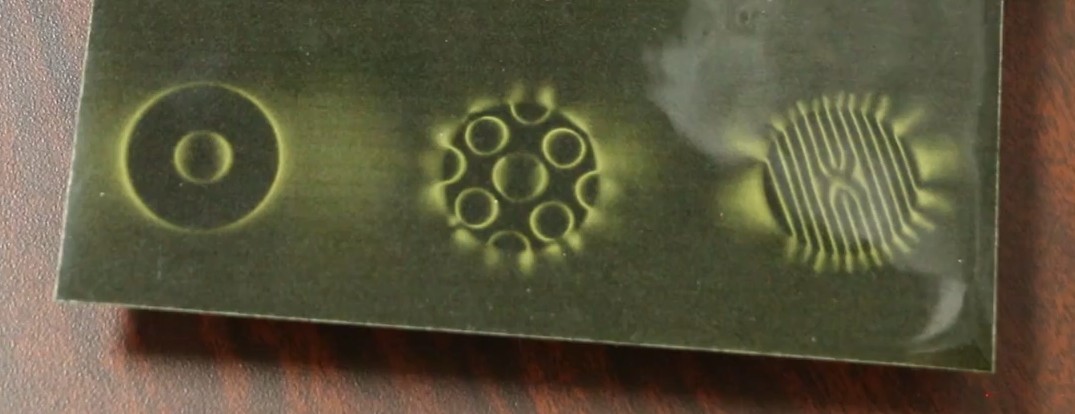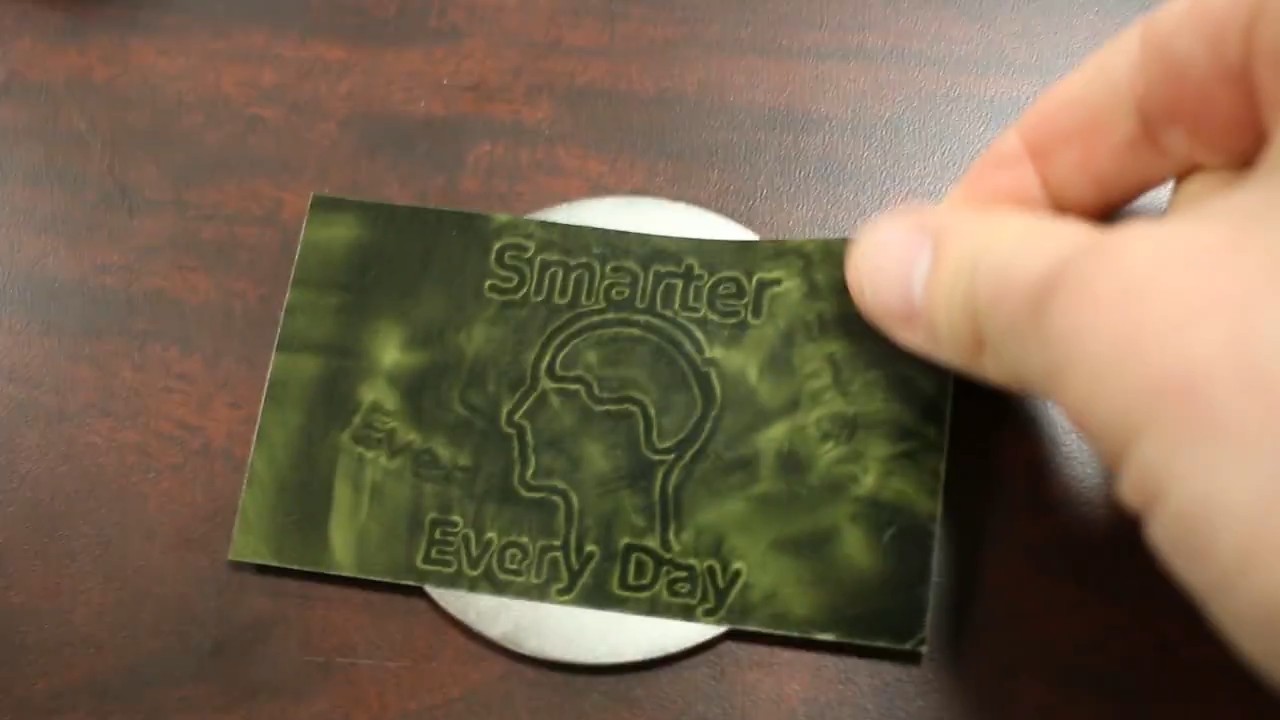Amazing properties of programmable polymagnets

The magnetic field of a conventional magnet (left) and two polymagnetics
The American company Polymagnet for several years produces magnets with an arbitrary shape of a magnetized material - polymagnetic . They are radically different from ordinary magnets and have different properties that are set before printing. For example, such magnets can automatically align with each other or hold a predetermined distance from each other (in millimeters), repelling when this distance is shortened (similar to the latch) or, conversely, moving closer when the distance is exceeded, but not touching each other (analog of the spring) , see the demonstration under the cut.
The main thing is that you set arbitrary properties in the program editor, and then print the desired magnet in a few minutes. The magnet properties are selected from a catalog of pre-programmed polymagnetic magnets or are arbitrarily set.
Polymagnets are about 5 times more powerful than ordinary magnets, since their field energy is concentrated near the surface. Arbitrary quantities of the south and north poles can be on the same side of a polymagnet.
')
Automatic alignment
Magnet latch
Magnet spring
The spring magnet can be programmed, for example, that the magnets approach each other, but do not touch, until one of them is turned 180º. After snapping the magnets it is already difficult to tear them apart, if one of them is not rotated 180º again. Such a construction can be used, for example, in magnetic locks.
Two pieces of magnetic lock

The magnetized layer is applied to the metal with the help of a powerful magnetizing coil of a special printer like MagPrinter . It is somewhat reminiscent of a 3D printer, only “prints” not with plastic or metal, but with a magnetic field. But here, too, an arbitrary form is set in a computer editor.

Polymagnet engineers demonstrate unusual properties of polymagnet in the Smarter Every Day program.
You can imagine different applications of polymagnets: locks and latches in doors and furniture, precisely positioned connection of gadgets and other electronics to each other, magnetic couplings, fasteners in road transport and bicycles, fasteners of shelves and other furniture elements to each other (instead of screws), a variety of toys, constructors and more.
Source: https://habr.com/ru/post/392069/
All Articles